Visit Ravello. Private, independent tourism initiative, not related to any civic institution.

Get the lowest rate for your Hotel in Ravello through Booking.com. Book now, pay later!
Amalfi Coast Ferry Schedule search. Find all the ferry routes, times and tickets!
SITA BUS Schedule guide. Find all the SITA BUS routes, times and tickets!
Part Two: Duomo to Piazza Fontana Moresca and back
(approximately 2 hours)The Duomo (Cathedral)
The Duomo, which faces the main square, is the spiritual and physical center of Ravello.
Built in the 11th century with support from the Rufolo family, the Duomo is a combination of Baroque and Romanesque styles. Dedicated to St. Pantaleone, the church has undergone extensive modifications and restorations over 900 years.
Many years ago, for example, a set of columns adorned the front of the church; the current façade dates back to the last major restoration in 1931.
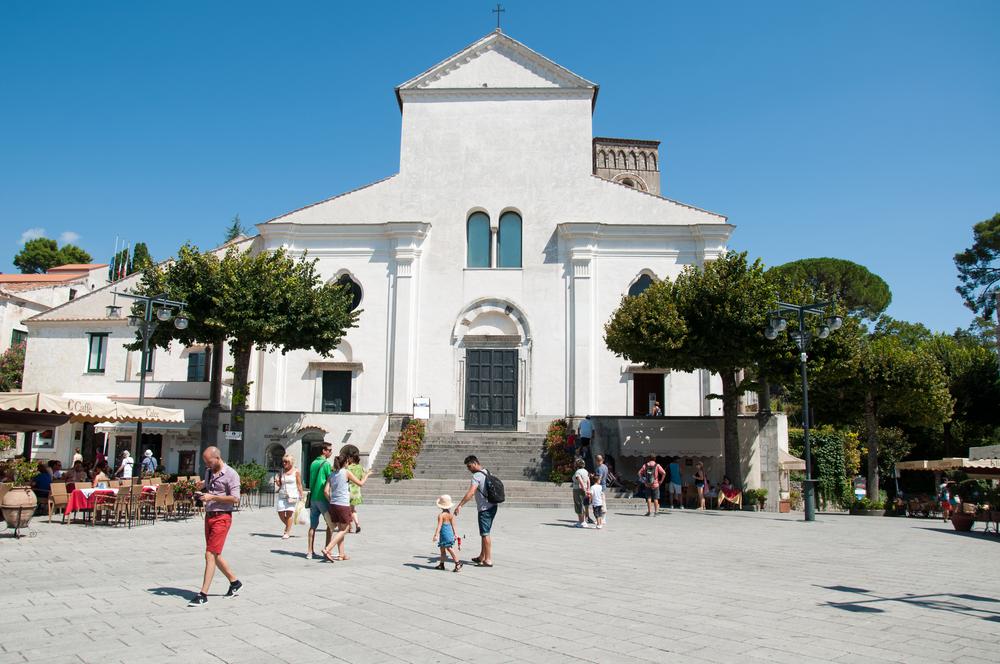
Presided over by a bishop, the Duomo enjoyed a high status throughout much of its history.
Today, the Duomo has several attractions:
The first is the bronze door, which was temporarily removed for restoration in 2010. Constructed in 1179 by Barisano da Trani, the door is of special interest because fewer than two dozen bronze church doors are still extant in Italy, three of them by Trani.
The pulpit, which is of special interest, features six spiraled columns supported by marble lions.
Across from the pulpit, to the left, is the Ambo of the Epistles that boasts two wonderful mosaics of Jonah and the Whale.
The Duomo also contains the Chapel of St. Pantaleone. It’s here where the church keeps a small ampoule containing the blood of the saint, which is said to liquefy every year on the anniversary of his martyrdom in July. The chapel also has a silver bust of the town’s venerated saint.
The final attraction is the cathedral's museum, which can be accessed by a side entrance on the Via Wagner. While the collection is relatively small, it contains several significant sculptures and other works of art, most notably the famous marble bust believed by many to be Sigilgaida Rufolo, the wife of Nicola Rufolo.
Villa Episcopio
Upon leaving the Duomo, turn right, walk about 30 meters, and turn right again, and walk up the Via Richard Wagner.
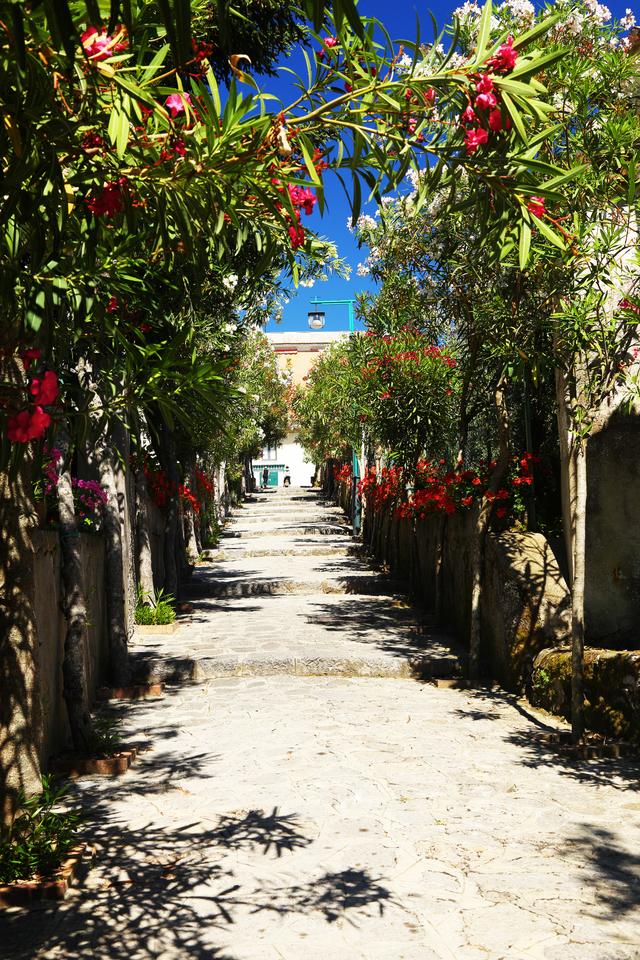
Halfway up the hill, look to the right, and you can get a good view of the Duomo’s 13th-century bell tower.
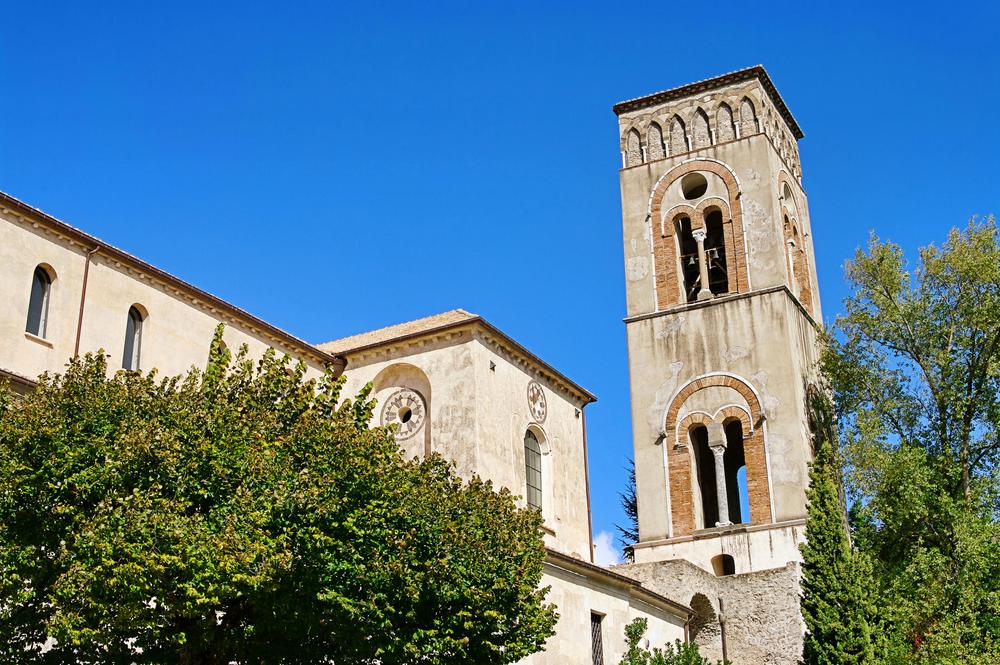
At the top of the hill, turn right on Via San Giovanni del Toro. A few steps away to your left stands the Villa Episcopio, a 12th-century building that once served as the bishop’s residence.
For many years, however, it served as a hotel and later as a private villa. Many notables have stayed here, including Andre Gide, E.M. Forster, and Jackie Kennedy. It was also here where Italy’s King Vittorio Emanuele III abdicated in favor of his son.
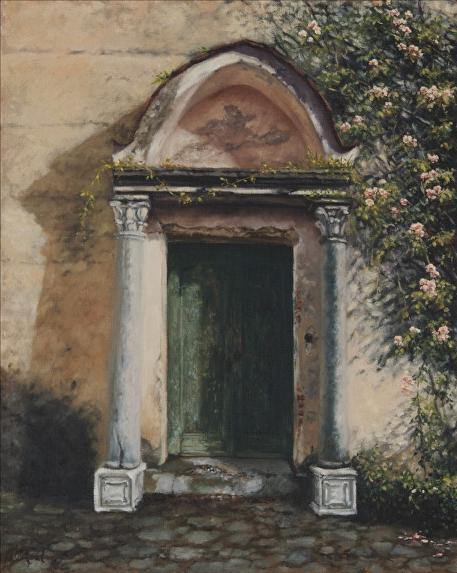
Villa Fraulo
In the other direction on Via San Giovanni del Toro, there is a stretch of old palaces that have been converted into prestigious hotels.
The first of these is the Villa Fraulo, which was once owned by the Cortese family. A venerable and historic property, the villa was recently renovated, and opened as a five-star hotel in 2010.
Like the other hotels on the Via del Toro, it offers guests fine dining and stunning views of the Mediterranean Sea and the Amalfi Coast.
Hotel Palumbo
Just beyond Villa Fraulo stands the 11th-century Palazzo Confalone, now known as the Hotel Palumbo.
Since it first opened as a hotel in 1875, the Palumbo has attracted a long list of royalty and other notable guests, including Federico Fellini, Truman Capote, Edvard Grieg, Richard Wagner, and Tennessee Williams.
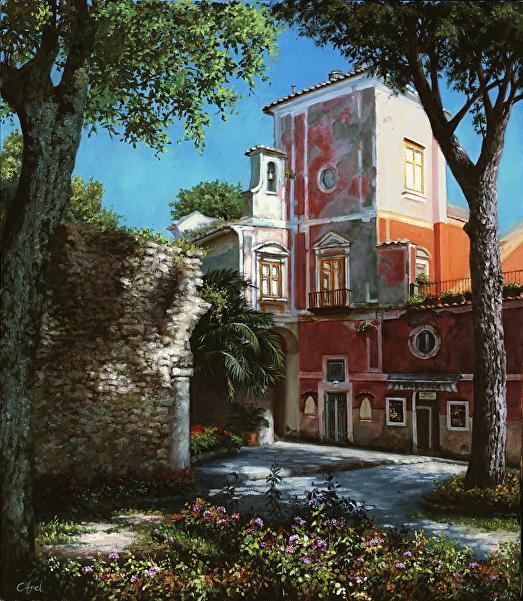
The best preserved of the old Ravello palazzos, the lobby of the Hotel Palumbo features ancient Greek and Roman columns that were shipped centuries ago from nearby Paestum.
Upstairs, the Confalone restaurant is located in a 17th-century salon and features a magnificent frescoed ceiling.
The hotel was part of the film set for the movie Beat the Devil, which was filmed in 1953 and featured Humphrey Bogart and Gina Lollobrigida.
Just beyond the Hotel Palumbo is a small park with a belvedere that offers a sensational view of the Amalfi Coast, looking down toward the towns of Minori and Maiori.
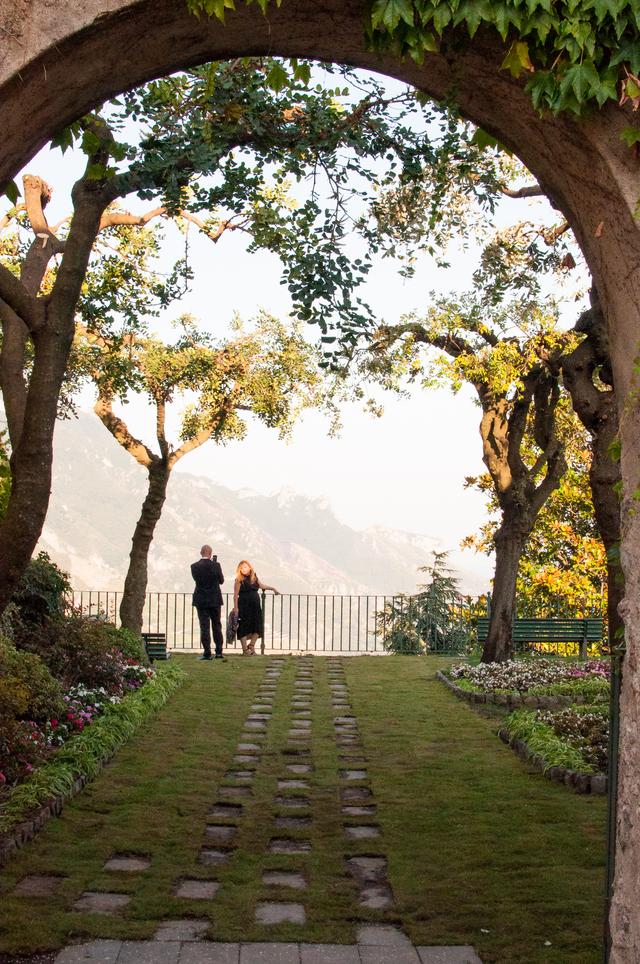
Hotel Palazzo Sasso
Next in the line of old palaces is the Palazzo Sasso, a 12th-century villa that was purchased by the Sasso family in 1710.
For most of the 20th century, the palazzo was operated as a hotel by the Vuilleumier family, the owners of the Hotel Palumbo.
During the past hundred years it has attracted a long list of distinguished celebrities, including royalty. In World War II, General Eisenhower briefly stayed here while he was drawing up plans for the assault on Monte Cassino.
After extensive renovations in the 1990s, the building reopened as the Hotel Palazzo Sasso in 1997 (now known as Palazzo Avino).
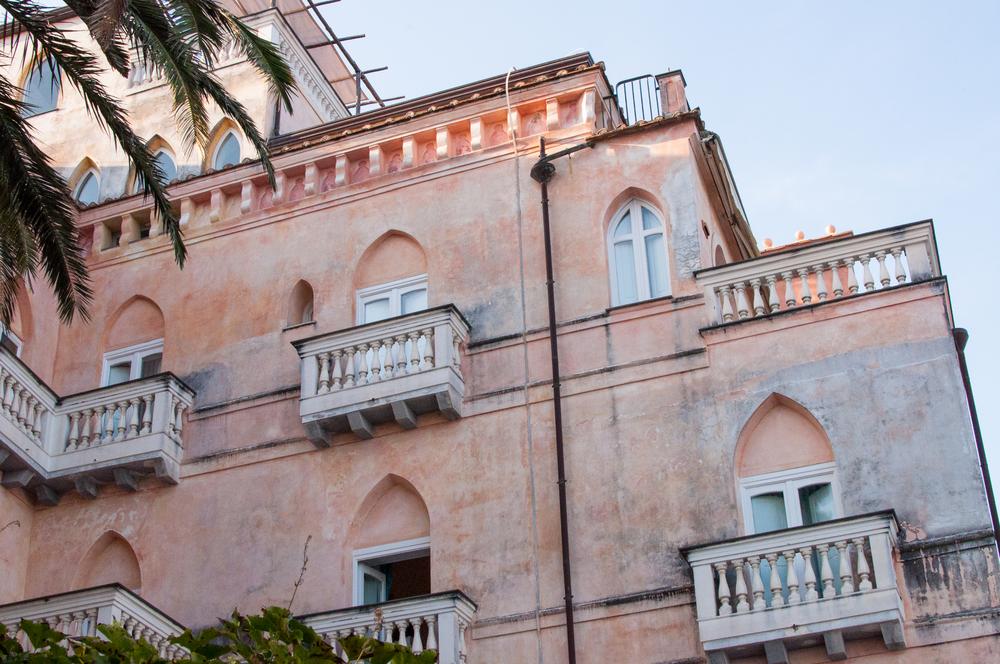
Widely recognized today as one of the finest five-star hotels in Europe, the Palazzo Avino features outstanding service and a highly rated restaurant.
Hotel Caruso Belvedere
At the far end of Via San Giovanni del Toro is the Hotel Caruso Belvedere, a former 11th-century palace that in 1893 was converted into the Pensione Belvedere by Pantaleone Caruso, owner of a local vineyard.
Since opening its doors as a hotel, the Caruso has attracted a very long list of guests and diners, including such notables as Virginia Woolf, Lord Maynard Keynes, Graham Greene, Gore Vidal, and William Styron. During their stays at the Caruso, Greene worked on The Third Man, and Styron wrote Set This House on Fire.
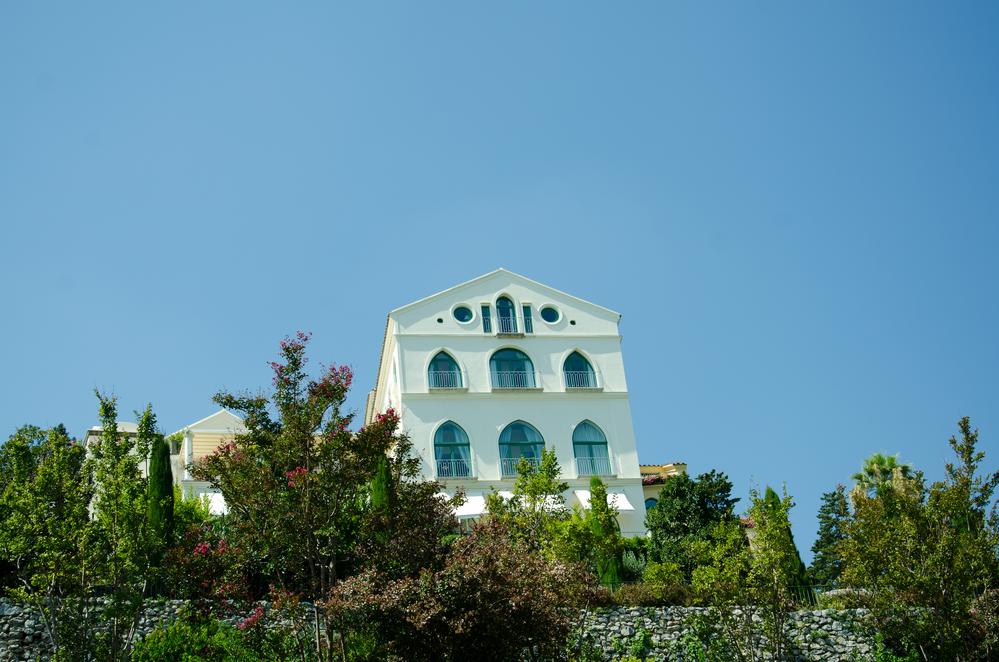
Owned today by Orient Express, the Caruso Belvedere is one of the premier luxury hotels in Europe.
San Giovanni del Toro
Opposite the Hotel Caruso Belvedere stands one of the oldest and most impressive churches in Ravello and the surrounding area.
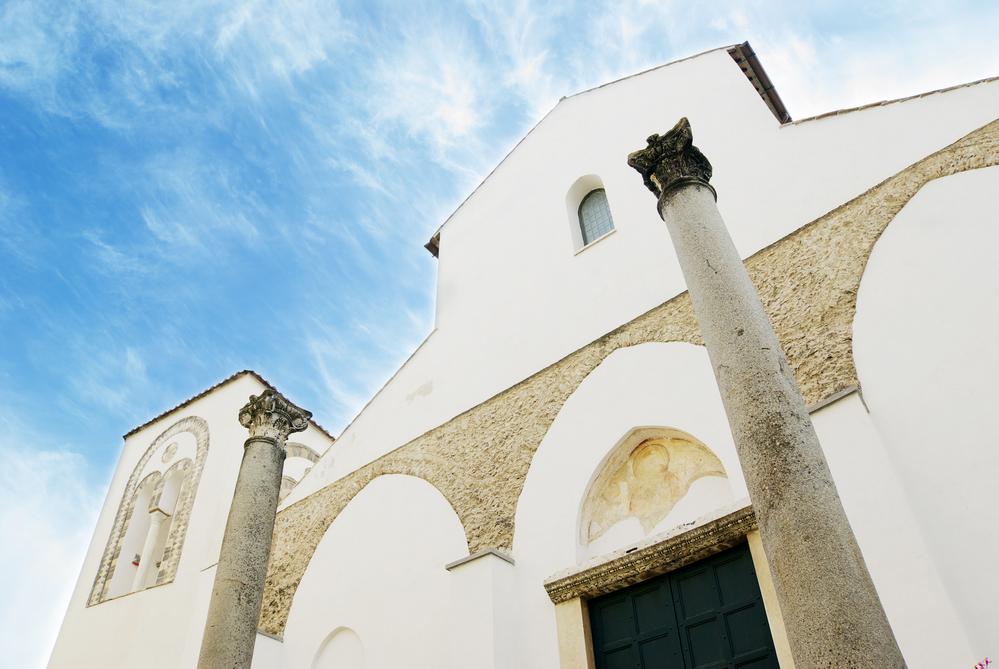
San Giovanni del Toro was built in the 11th century by the wealthy merchants who lived nearby. The church is best know for its pulpit, which features depictions of Jonah and the Whale, the Moorish mosaics that Escher, the 20th-century Dutch artist, found so inspiring.
Piazza Fontana Moresca
Upon leaving San Giovanni del Toro, turn left and go downhill (Via G. d’Anna) toward the Piazza Fontana Moresca, which features a quaint old fountain of Moorish design, featuring a bull and a winged lion.
The piazza, which also features the Hotel Bonadies and a small war memorial, is one of the oldest squares in the region.
Santa Maria a Gradillo
After visiting the Fontana Moresca, take the sidewalk that adjoins the Viale Parco Rimenbranza and leads back toward the center of Ravello.
Halfway down the hill there is a small church built into the rocks that is still visited by pilgrims every year. At the bottom of the hill stands Santa Maria a Gradillo, which dates back to the 12th century.
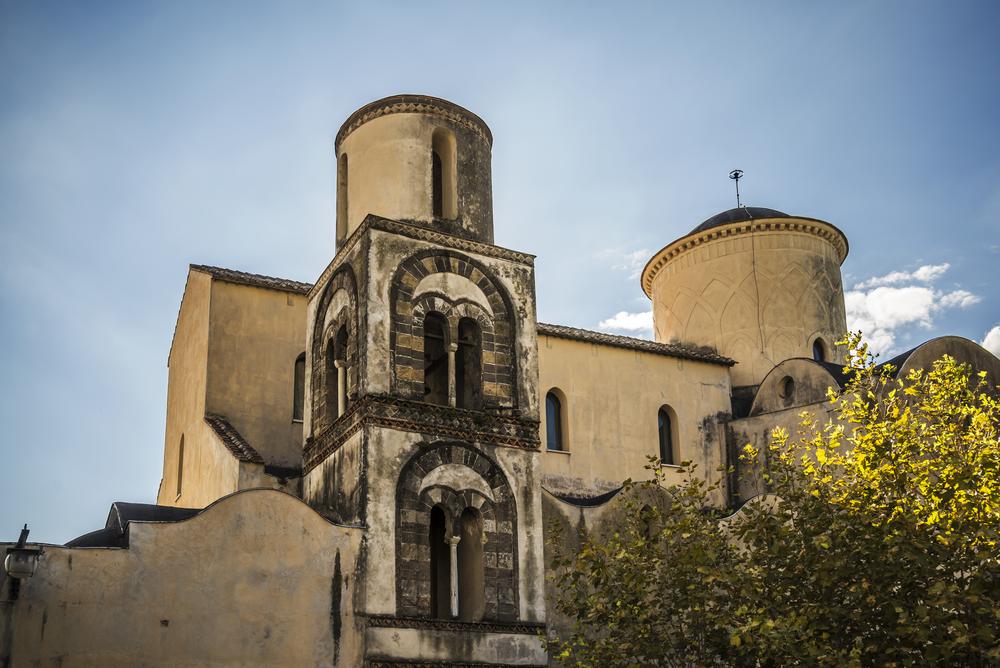
Unfortunately, numerous revisions to the exterior have left little of its Romanesque origins, and the church’s cupola was destroyed by lightning more than a century ago. The interior of the church features Romanesque design and Moorish influence.
Returning to the Duomo
Just beyond the entrance to Santa Maria a Gradillo is a walkway that leads back to the Duomo and the main piazza.
On your way back, you pass on the left a small family restaurant, Cumpa’ Cosimo, one of the town’s favorite eateries, specializing in traditional Neapolitan cuisine.
A little further down the path, also on the left, stands the Hotel Toro, where Escher, the 20th-century Dutch artist, stayed during his time in Ravello.
Piazza Duomo (Vescovado)
Upon returning to the Piazza Duomo, the town’s main square, take a moment to relax by enjoying some gelato, sipping an espresso, or grabbing a pizza at one of the restaurants on the road that leads back to S. Maria a Gradillo.
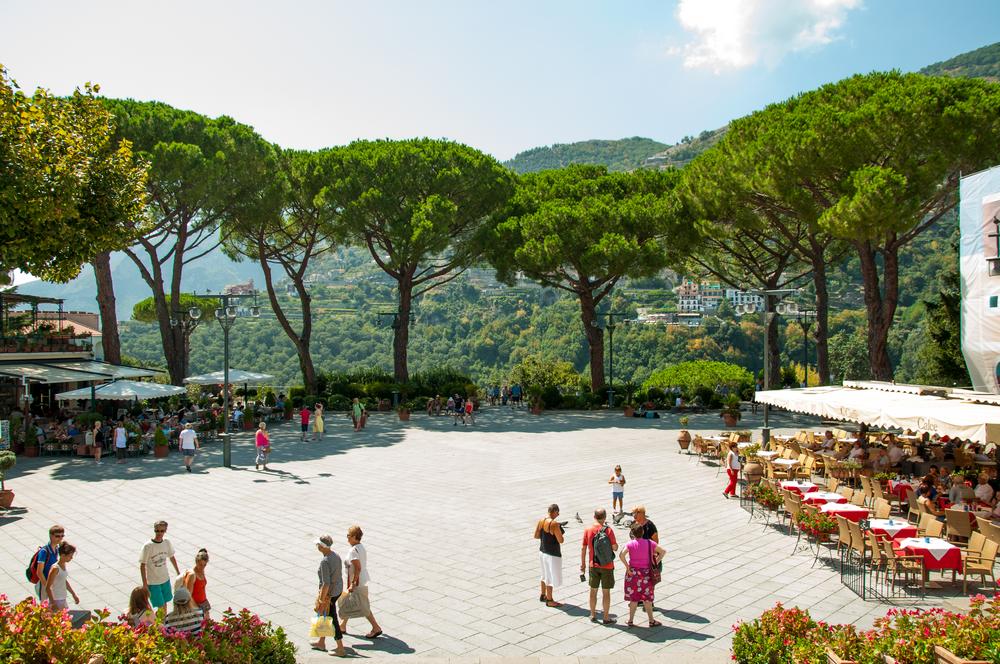
You can also shop. On either side of the piazza, within 100 meters, are a number of ceramic stores.
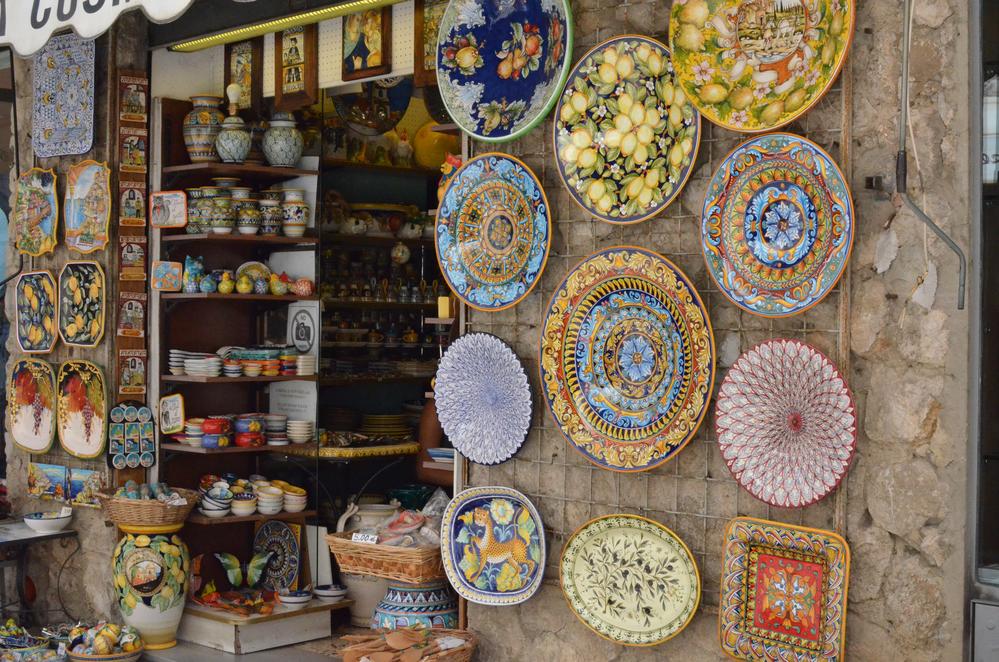
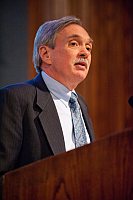
Author: Robert Walker
Robert Walker, a lawyer, economist, and consultant who has worked in Washington, D.C. for over 30 years, is the author of Discovering Ravello, a short booklet on the history and attractions of Ravello. He and his wife, Chris Apel, first visited Ravello nearly 25 years ago, and have been frequent visitors ever since. His wife is an award winning artist who recently created a website (www.discoveringravello.com) to showcase her paintings of Ravello. He and his wife both lecture on Ravello. They live in Alexandria, Virginia.
Attractions in Ravello
...not to be missed!